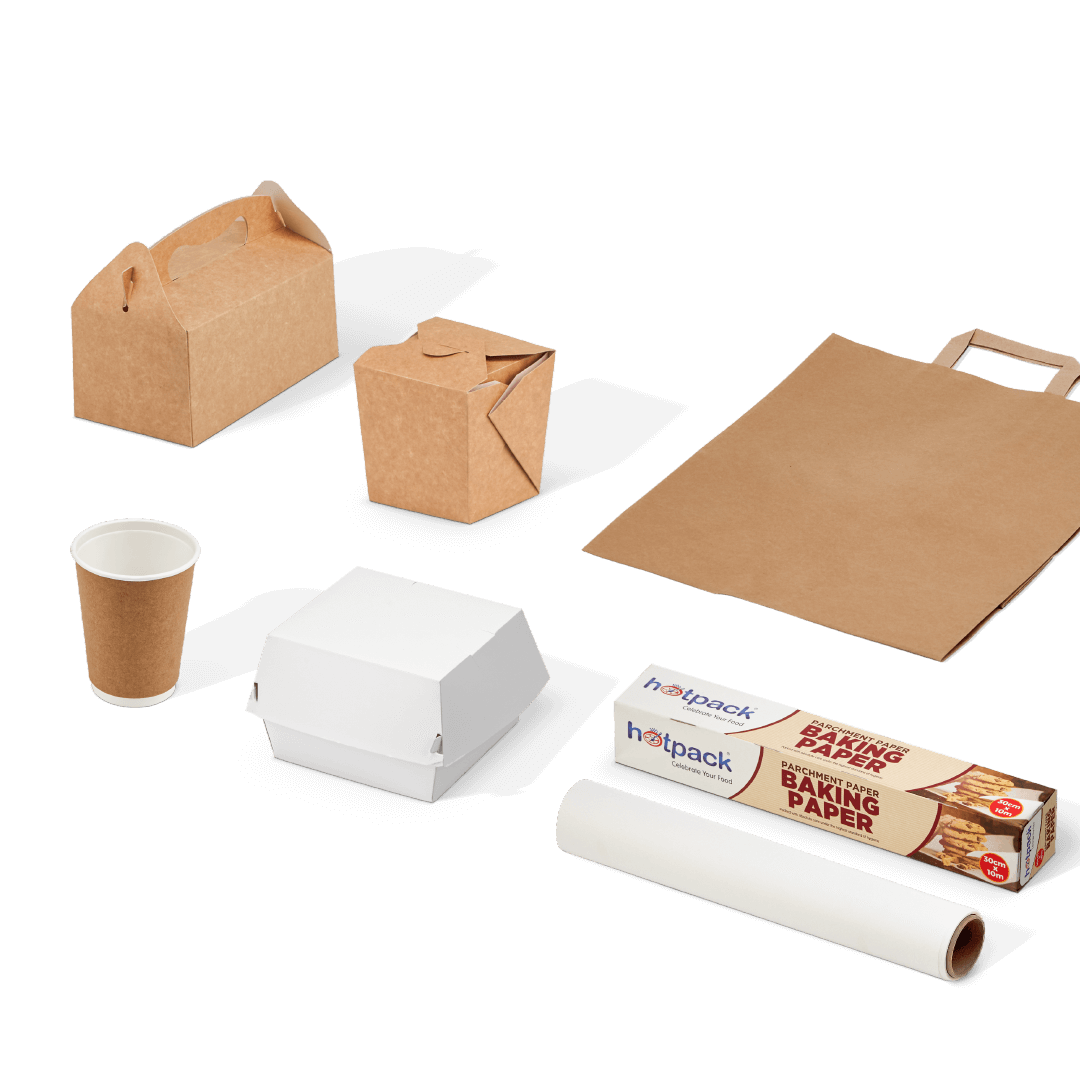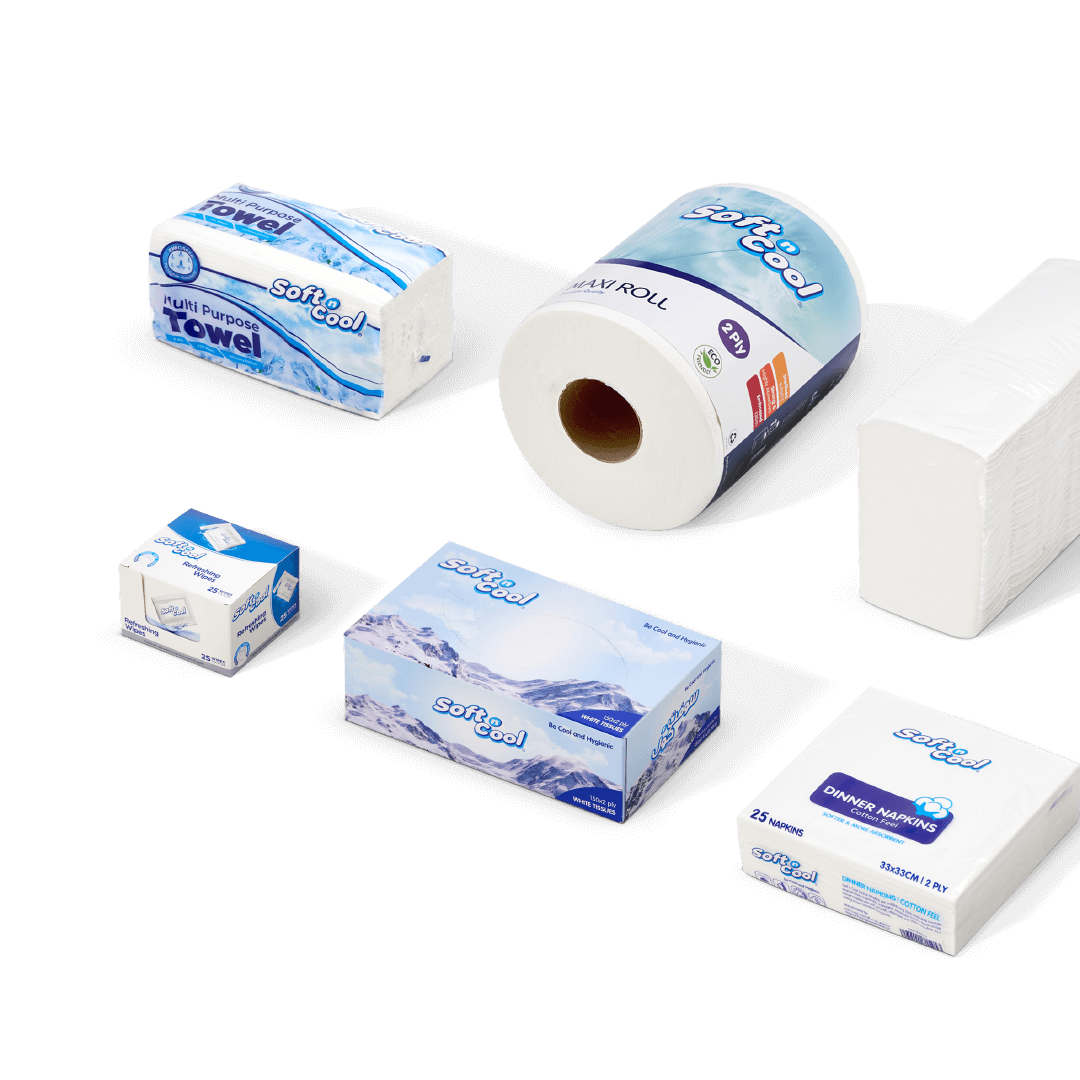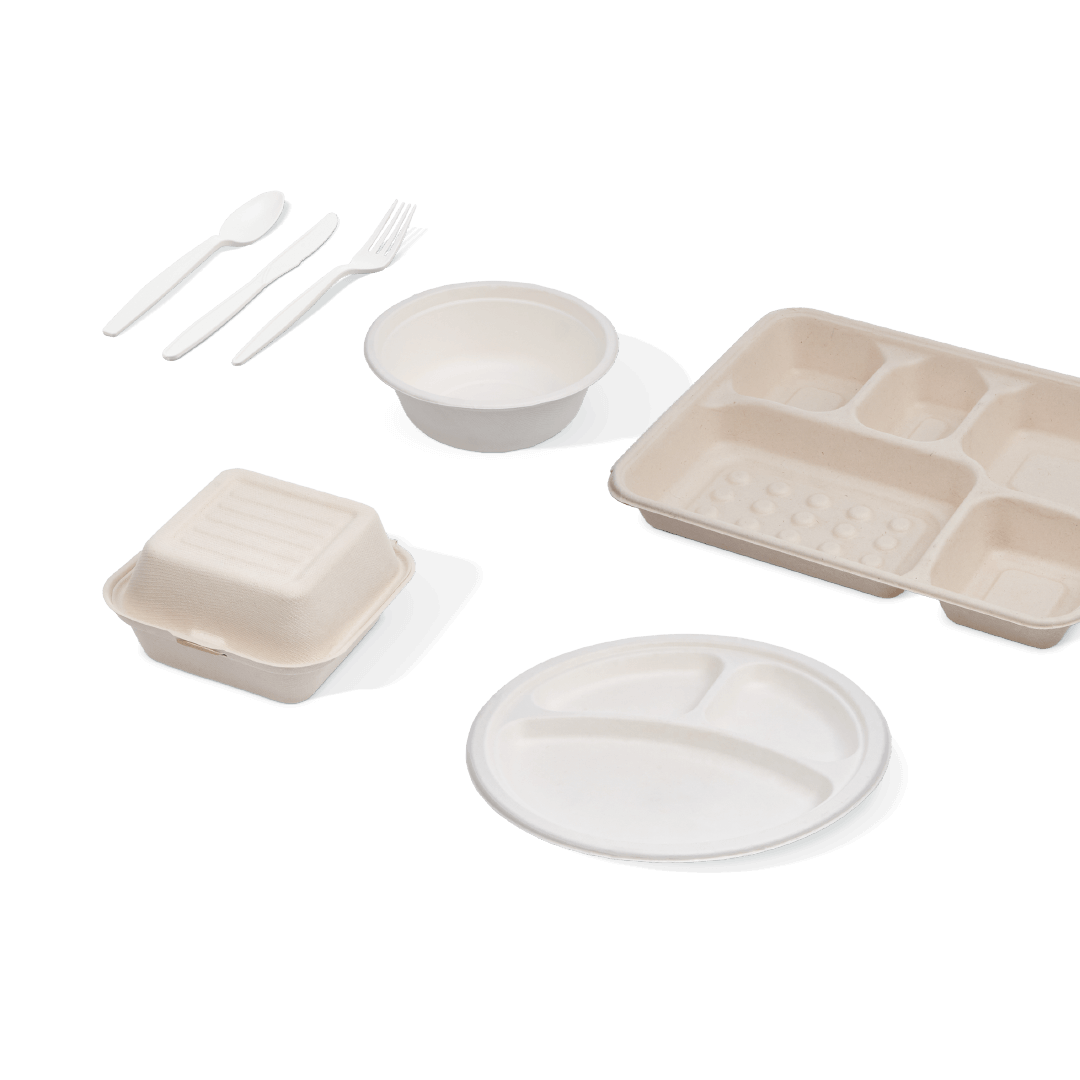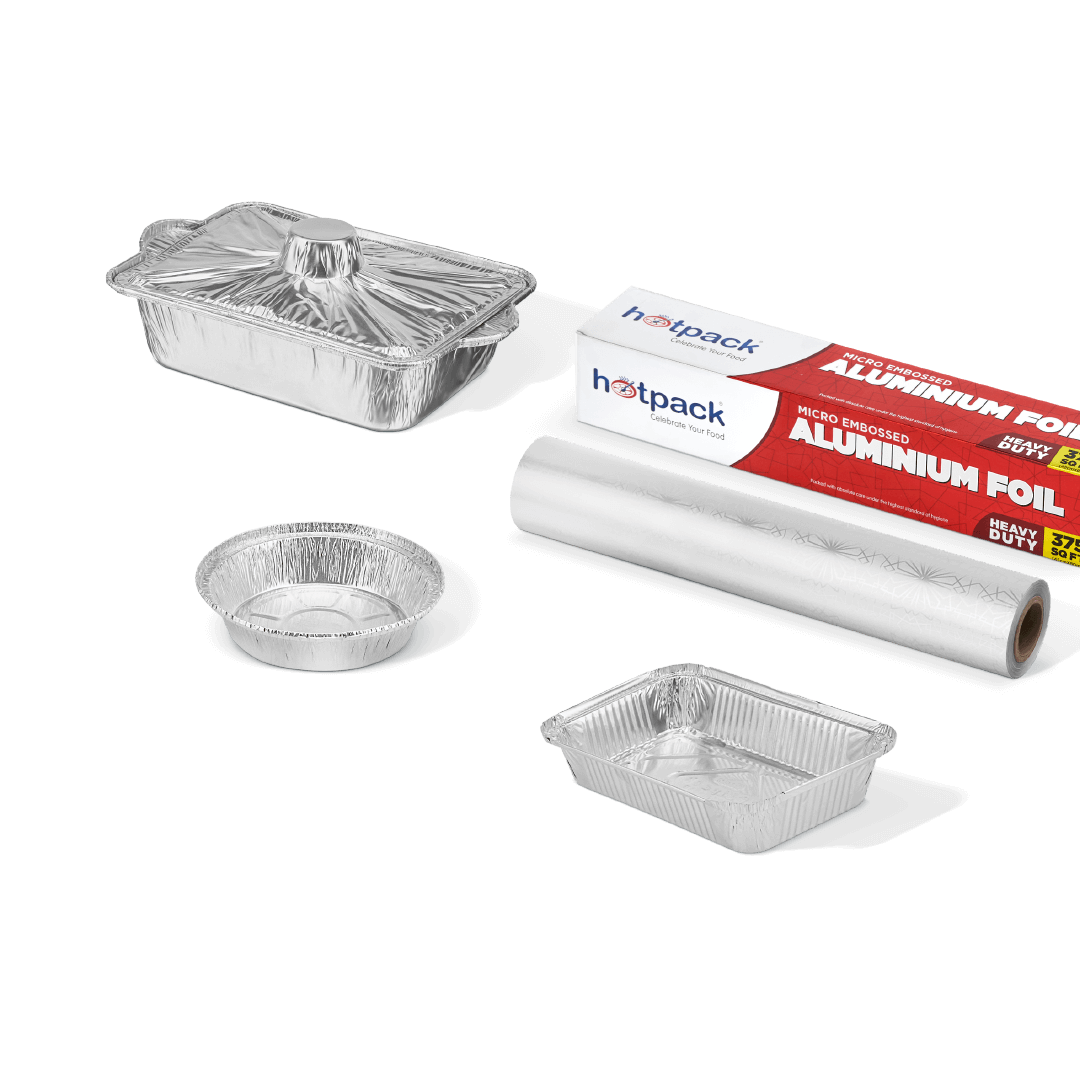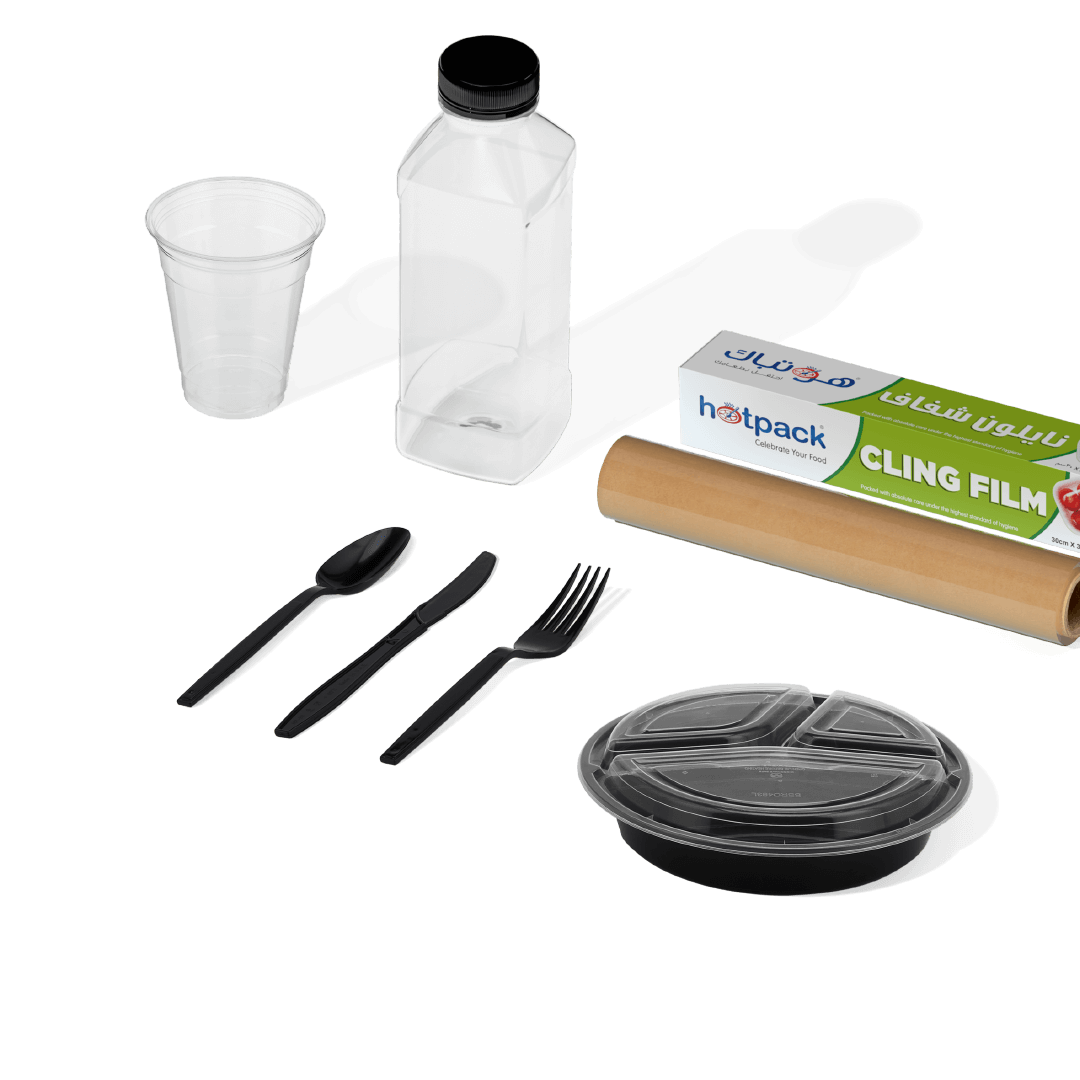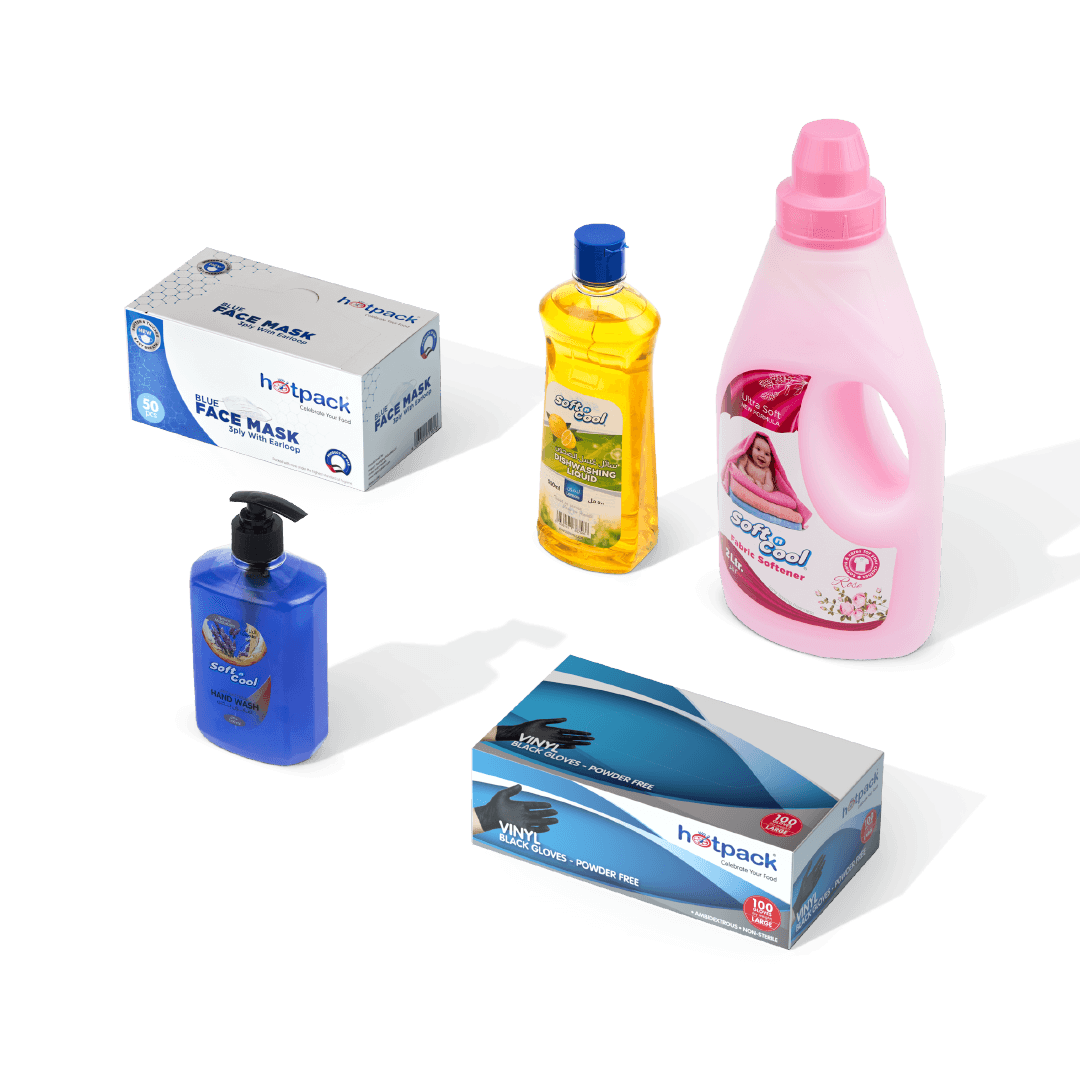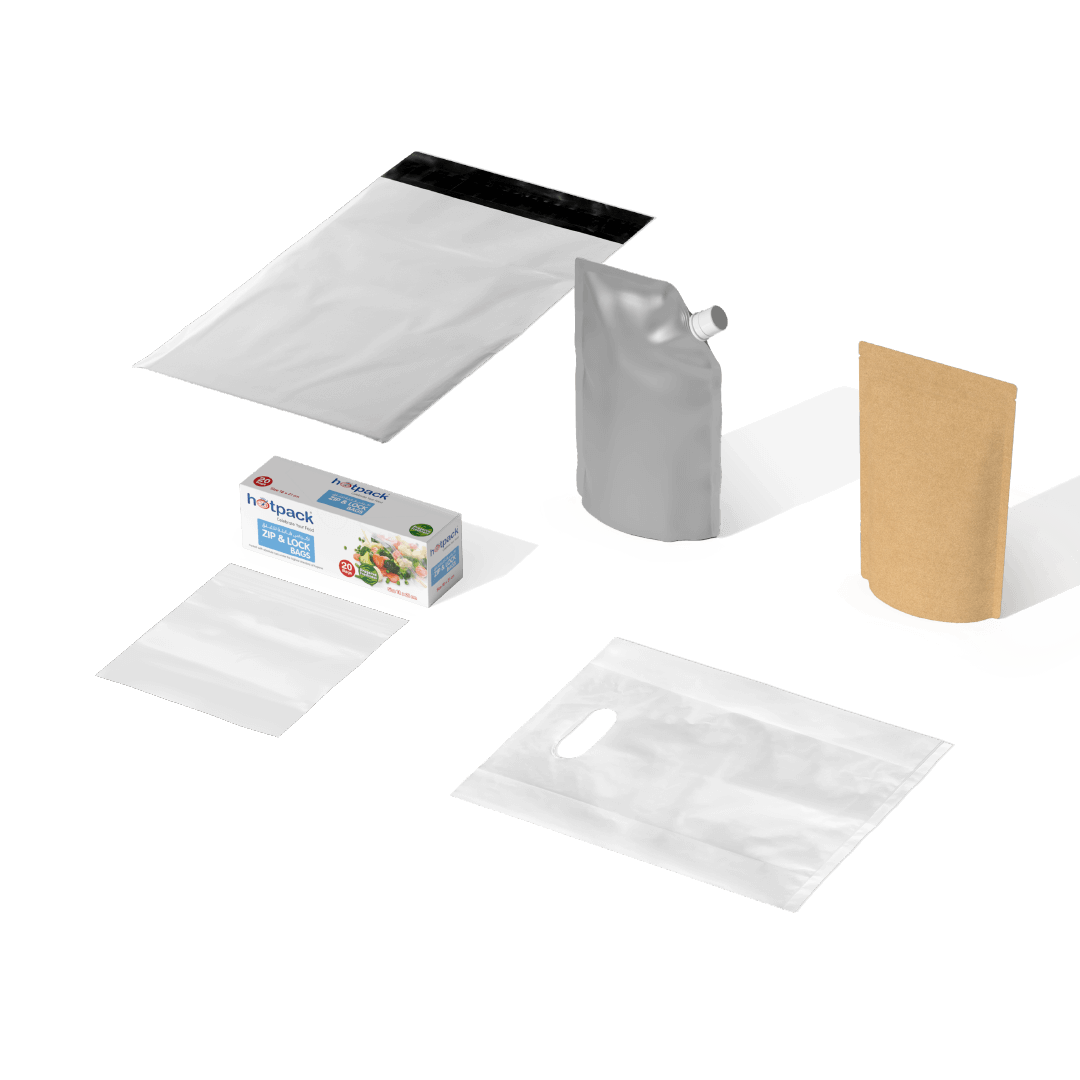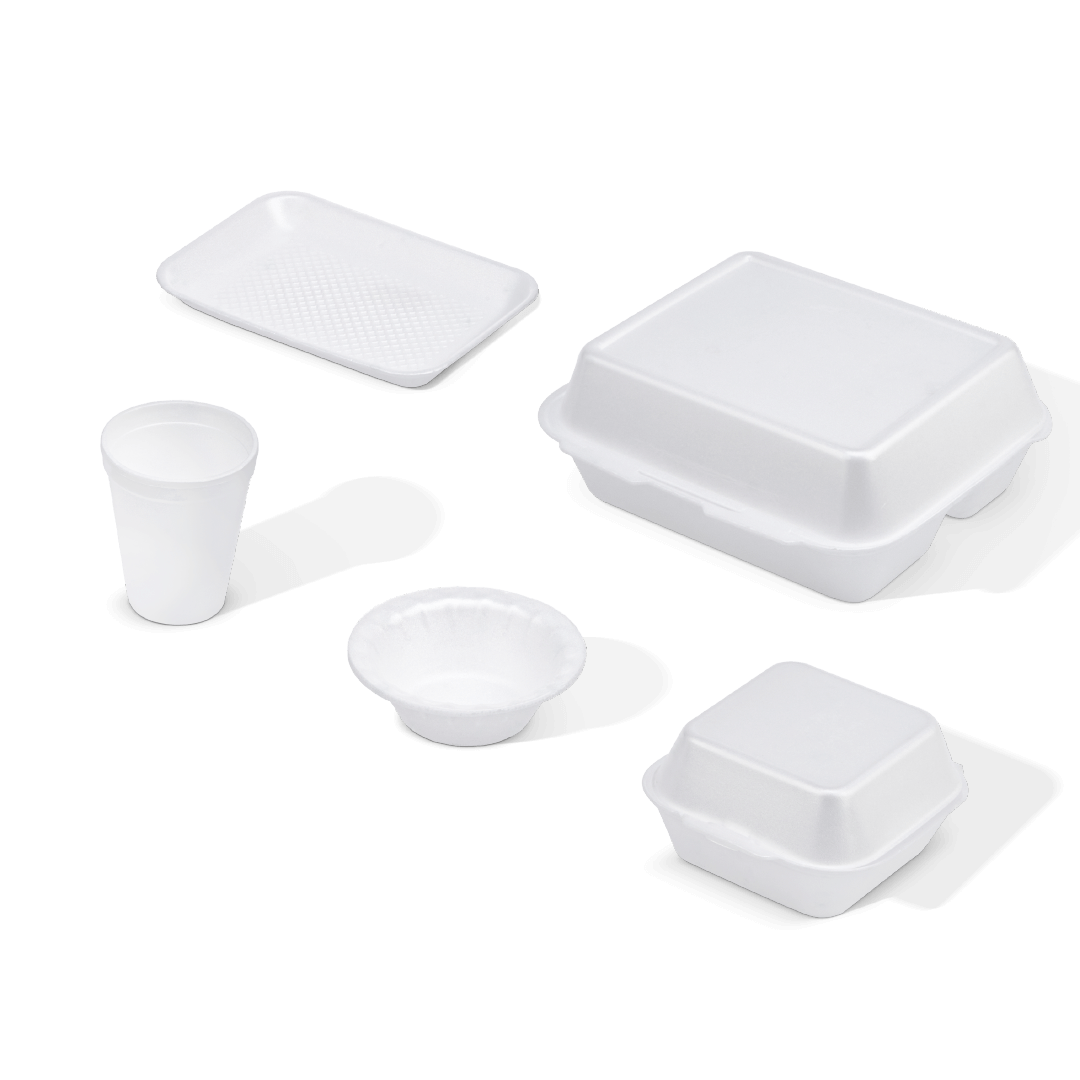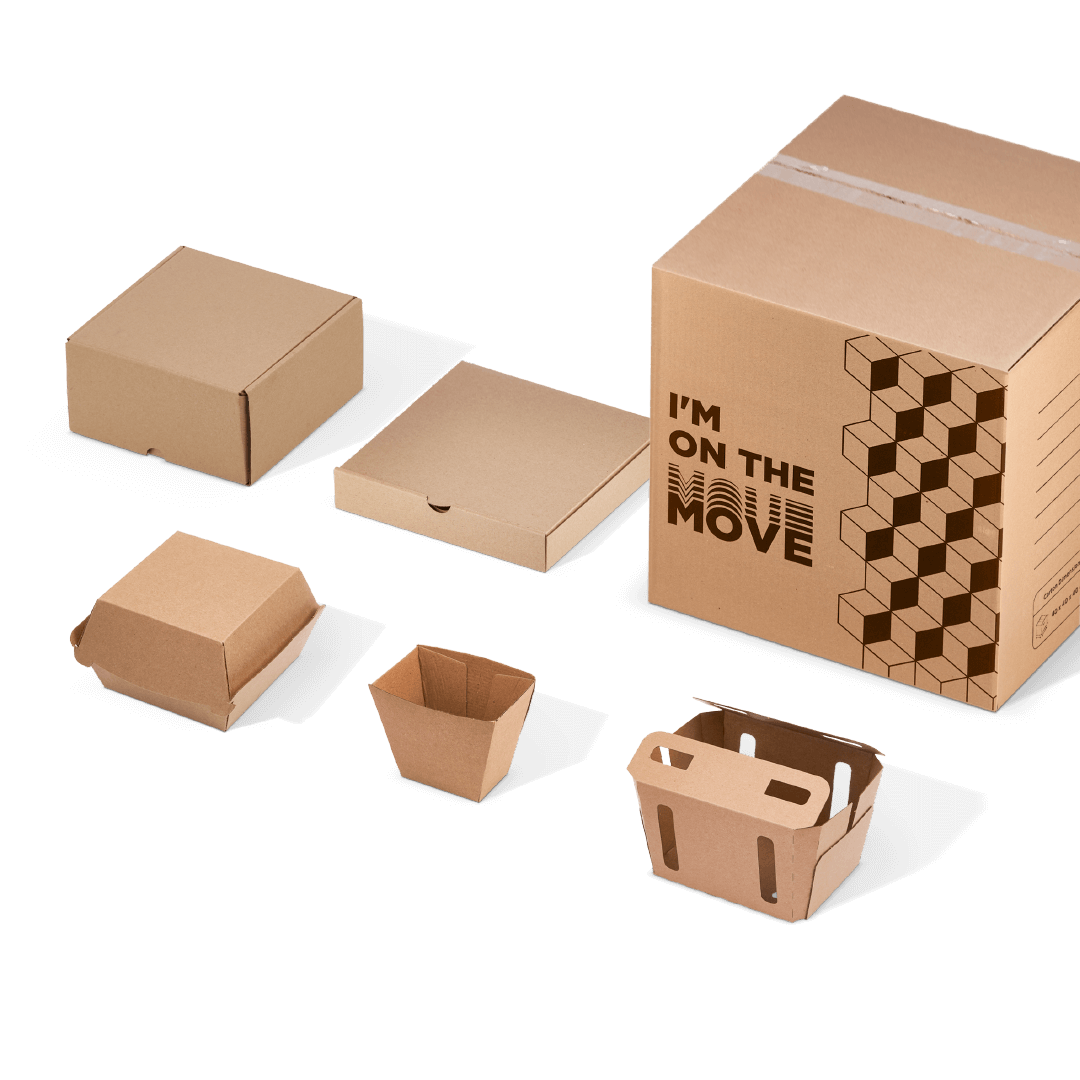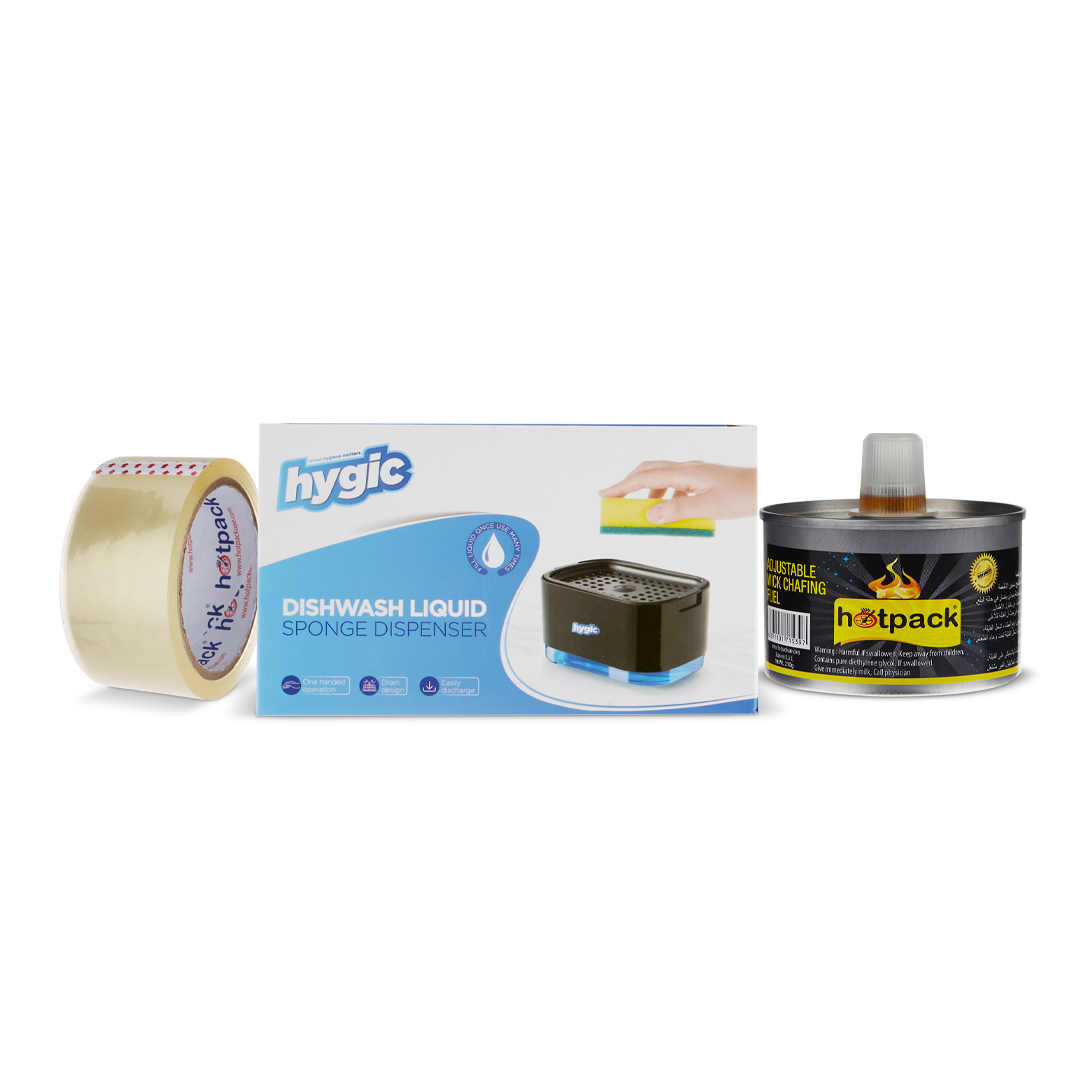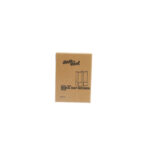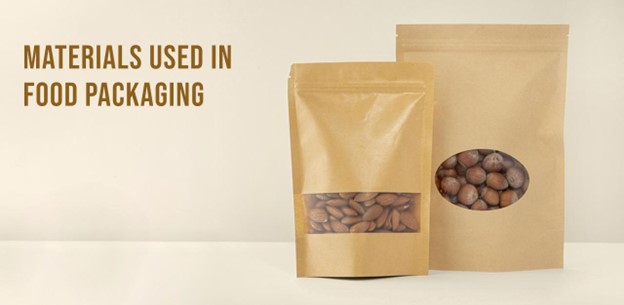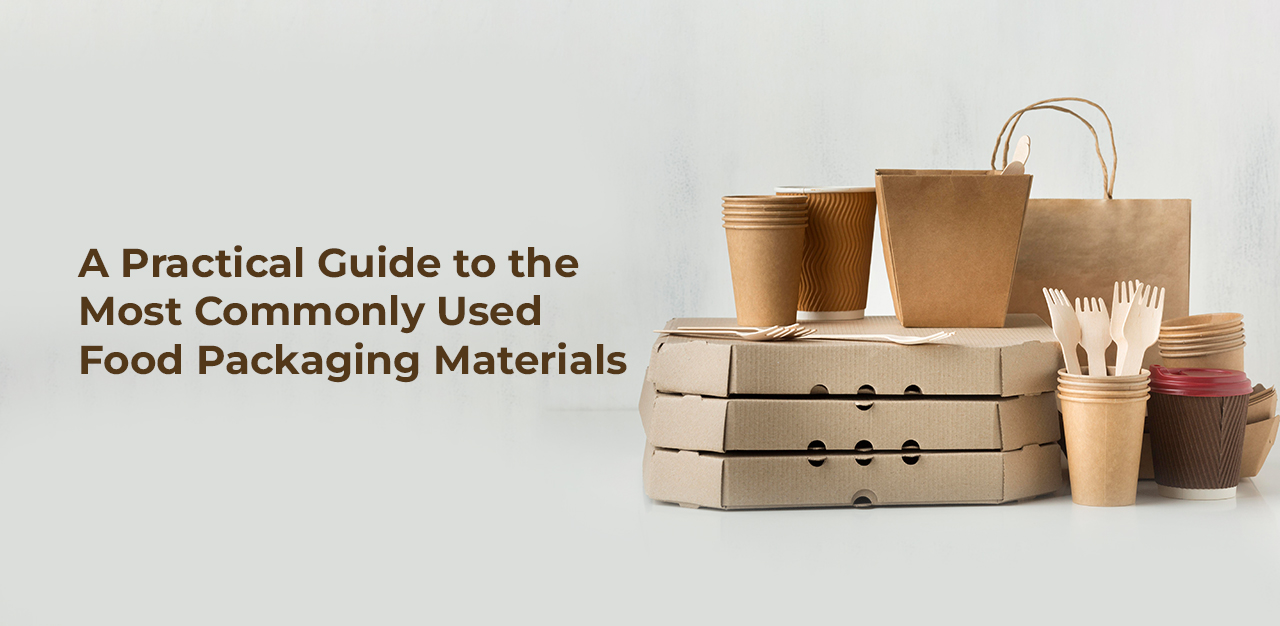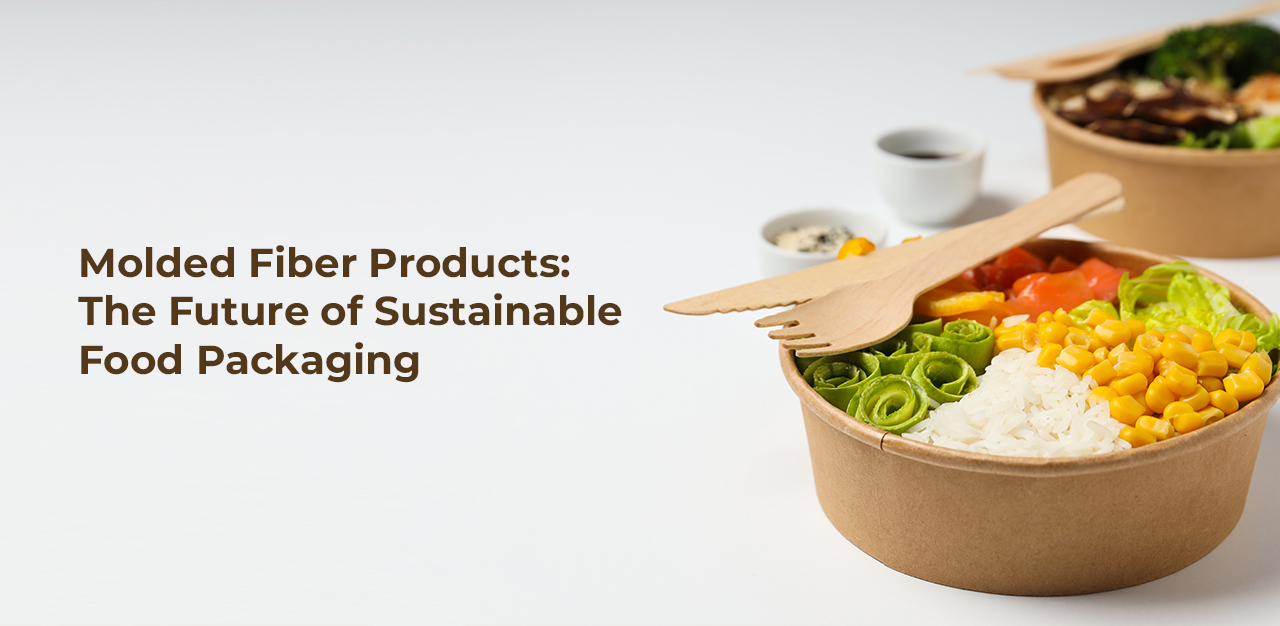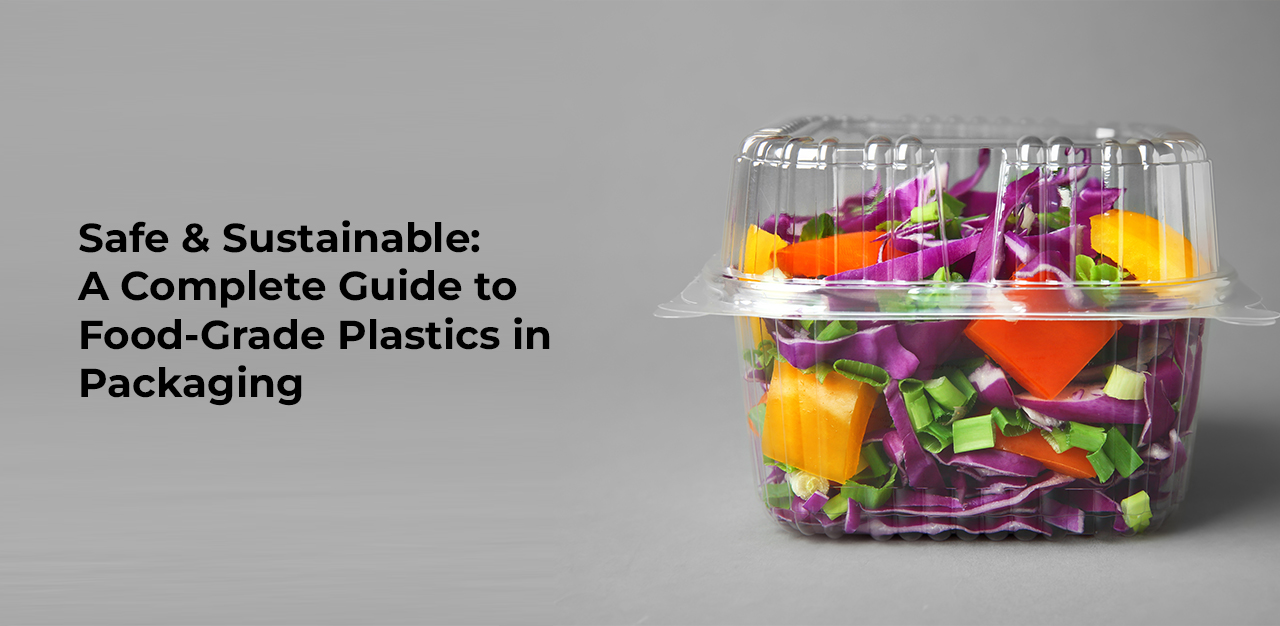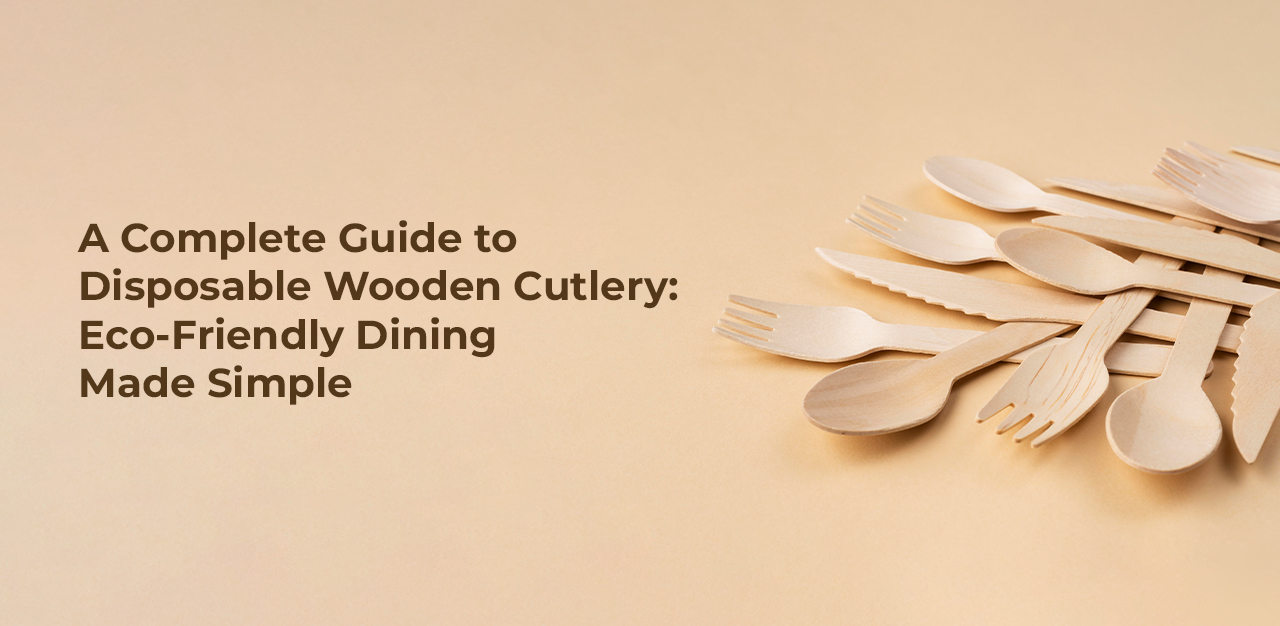As plastic pollution worsens throughout the globe, many online retailers are consciously making the move to more sustainable packaging. The environment-friendly packaging has helped maintain a clean and healthy ecosystem.
Customers that care about the environment are increasingly choosing sustainable companies to support the many advantages they provide.
The use of packaging is ubiquitous in modern society. That’s why it’s so important to use environmentally friendly strategies to keep them from piling up and becoming a pollution problem.
In addition to satisfying consumers’ consciences about the environment, eco-friendly packaging enhances a company’s public profile and revenue. Discover what “eco-friendly packaging” is and the benefits it offers in this article.
What exactly is “environmentally friendly packaging?”
“Green” or “sustainable” packaging are other terms for eco-friendly products. It employs energy-saving production methods to lessen its environmental impact.
Any packaging that is non-hazardous to humans and other organisms can be easily recycled and is itself created from previously used materials that meet these criteria.
You may want to help the environment, but you’re having trouble visualizing what the most environmentally friendly packaging might look like. Guidelines for environmentally friendly packaging have been established by the Sustainable Packaging Coalition.
- All stages of the resources’ existence must ensure the health and safety of the surrounding population.
- Renewable sources of energy should be used throughout the process, from extraction to production to transportation to recycling.
- Cost-effective and functional enough to compete in the market
- Produced with the highest regard for cleanliness and sanitation in mind.
- Makes most of the resources that can be recycled or replenished
- It is constructed with resource conservation and efficiency in mind.
- Consists entirely of components that remain non-toxic over their entire useful life span
- Used and recovered in efficient closed-loop industrial and/or biological systems
There are several benefits for both the company and the planet that may be attained via the use of environmentally friendly food packaging.
1) It lessens the impact on the environment
Many buyers are thinking twice about supporting companies that they believe are hurting the planet. Going green with your packaging is a statement about your product marketing and is good for your company’s image.
Over and beyond purely commercial considerations, your company may also give thought to environmentally responsible packaging options. The carbon imprint your business leaves on the planet will be reduced as a result.
When you use fossil fuels, you leave a certain amount of carbon dioxide in the air, known as your carbon footprint. Reduce your carbon footprint by switching to renewable or recyclable materials and using less packaging overall.
There has been a recent uptick in the number of consumers concerned about a product’s carbon impact.
Consumers have reacted by switching to more sustainable, on-demand packaging options. Among them are eco-friendly and biodegradable bespoke packaging, compostable materials, and less wasteful packaging.
The energy needed to produce your product and get it to consumers also depends on the weight of your packing materials. The weight of your brand’s products may be decreased by switching to lighter-weight materials.
2) Sustainable packaging makes room for more stuff
Using eco-friendly packaging not only helps the environment but also gives your company more room to grow. More commodities may be sent at a lower cost because of the transit space provided by this area.
As a result, you’ll save money by lowering the total number of transport iterations required. Smaller completed items need less storage space, which frees up capital for other uses or even an expansion of the company’s product offering.
When more room becomes available, it may be put to use producing something that previously wouldn’t have been possible. With greater room on the shelves, you can be more creative with product placement and presentation.
3) It doesn’t contain any allergens or toxins, for three
There is a growing awareness among shoppers of the link between exposure to packaging materials and adverse health outcomes. If you care about your consumers’ health, you should only use packing materials that are allergen- and toxicity-free.
The number of alternatives that can be broken down naturally is limited. However, there are now enough options to facilitate a painless transition. The vast majority of the accessible choices may be processed by comparable equipment using conventional packaging methods. They are therefore cheap and simple to implement.
One drawback of utilizing conventional packing materials is that they are derived from petroleum products. The environmental impacts of refining, extraction, usage, distribution, and disposal are all quite high.
However, eco-friendly packaging doesn’t exhibit these negative characteristics over time or during degradation.
4) It’s a great way to boost brand awareness and revenue.
You probably already know that buyers care about a product’s capacity to last after they buy it. Your company’s efforts to lessen trash’s impact on the environment should be commended.
As a result, you may increase sales by concentrating on the best ways to attract new customers and grow your brand. By lowering your business’s carbon footprint, you increase your company’s appeal to potential customers.
5) It broadens your pool of potential buyers.
More and more people are looking for eco-friendly packaging. In turn, this creates a window of opportunity for businesses to advance.
Customers are moving toward greener packaging as their understanding of the need for sustainable packaging grows. As a result, you’ll have a better possibility of attracting a large number of customers.
6) Eco-friendly packaging has a wide range of applications
Sustainable packaging is adaptable, with a wide range of potential applications across all of the sectors that rely heavily on conventional packaging. Better than standard packaging since producers are not restricted in how often they may recycle it.
If you’re looking for an alternative to conventional packaging, eco-friendly options provide you with more freedom to experiment with novel shapes and materials. They might be everything from food to cosmetics to apparel to electronics. There is a great deal of flexibility in the alternatives open to you.
7) It improves the public’s perception of your company’s name and products
These days, individuals are looking for methods to help the planet without having to drastically alter their current practices.
Packaging that doesn’t harm the environment creates a positive image. The reason for this is that showing concern for the environment and social responsibility is a sign of professionalism.
Customers are more likely to buy from and advocate for your business when they believe you care about environmental preservation. If you’re a business owner, you should care about things like being open and honest about the materials you use in your packaging and how you handle the product’s lifetime.
Conclusion
An issue of late is the seeming lack of care for the pollution generated by the piling of garbage. For this reason, many urban areas have banned the use of fossil fuels, turning the tide against plastics.
Many companies are jumping on the sustainable and biodegradable food packaging products bandwagon since it is the most profitable marketing tactic.
 UAE
UAE 
